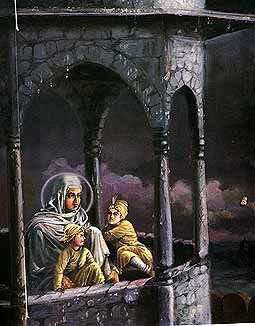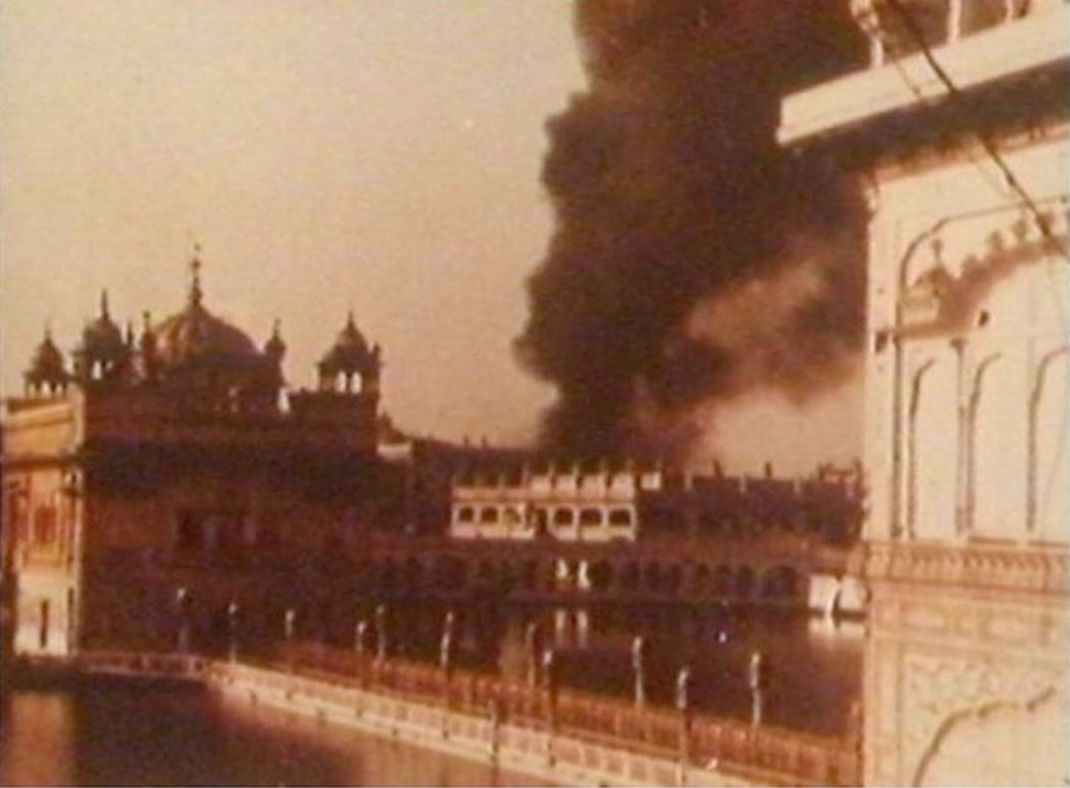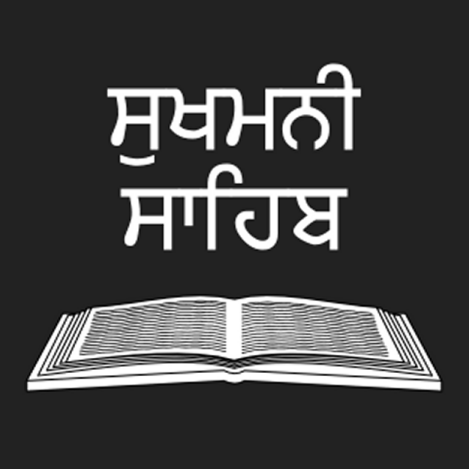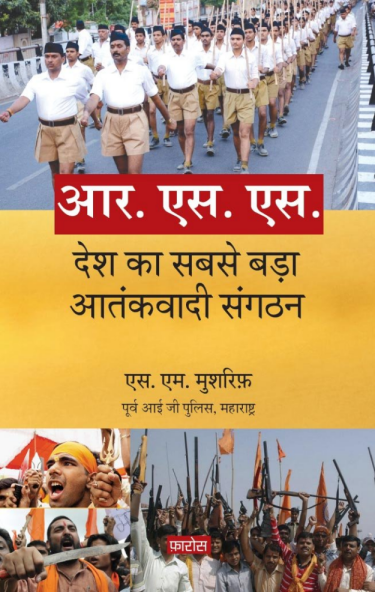
SAHIBZADAY

The youngest sons of Guru Gobind Singh Sahib Ji, Sahibzada Baba Zorawar Singh Ji and Sahibzada Baba Fateh Singh Ji were born at Anandpur Sahib. Thier grandmother Mata Gujjar Kaur Ji was especially close to the young Sahibzadas. When Guru Ji's family evacuated from Anandpur Sahib, Mata Ji took charge of both of them as the column moved out of the city.
While crossing on horseback the rivulet Sirsa, then in spate, the three were separated from Guru Gobind Singh Sahib Ji. Gangu, who had worked for the Guru's family, also succeeded in crossing the stream. He escorted them to his own house in the village of Kheri, now known as Saheri, near Morinda in presentday Ropar district. While unsaddling the horse he saw that there was some cash in the saddlebag. This tempted him to treachery. He not only stole the saddlebag during the night, but also planned to betray the fugitives to the government in hope of a reward.
On the morning of 7 December 1705, the day of the fateful battle of Chamkaur, Baba Zorawar Singh ji, along with Baba Fateh Singh ji and their grandmother, was taken into custody by Jani Khan and Mani Khan Ranghar, the officials at Morinda. They were despatched on the following day to Sirhind where they were consigned to the Cold Tower (Thanda Burj) of the Fort.
On 9 December 1705, Baba Zorawar Singh ji and Baba Fateh Singh ji were produced before the faujdaar, Nawab Wazir Khan, who had just returned from Chamkaur with his feudal ally, Nawab Sher Muhammad Khan of Malerkotla. Wazir Khan tried to lure the Sahibzadas to embrace Islam with promises of riches and honours, but they spurned the suggestion. He then threatened them with death, but they remained undaunted. Death sentence was finally pronounced. Upon Sher Muhammad Khan's intercession for the innocent children to be spared their lives, they were given some more time to ponder over the suggestion to convert. Sahibzada Zorawar Singh ji and his brother spent another two days of severe winter in their old grandmother's lap in the Cold Tower.
Still adamant, they were, on 11 December 1705, ordered to be sealed alive in a wall. As the masonry around their tender bodies reached chest high, it crumbled. The Sahibzadas were sent to the Cold Tower again for the night. The next day, 12 December 1705, the alternative of conversion being again turned down, Baba Zorawar Singh ji and Baba Fateh Singh ji were martyred by sealing alive in a wall. The aged Mata Gujari Kaur ji, who had all along been kept in the Cold Tower, only a little distance away, breathed her last as the news reached her ears. Mata Gujari ji through upbringing of her grandsons played such an important role in Sikhism that as Sikhs, we can owe our existence to her. It was due to her teachings that the young Babas did not bulge from their Dharma and attained martyrdom, thus continuing and emphasizing the institute of martyrdom in Sikhism.
Seth Todar Mall, a wealthy merchant of Sirhind, performed the cremation of the three dead bodies the following day. The site of the fateful happenings, since christened Fatehgarh Sahib, close to the old town of Sirhind, is now marked by four Sikh shrines. A religious fair is held here from 25 to 28 December every year to honour the memory of the martyrs.
(Reprint - adapted from Sikhiwiki article on the Sahibzadas)











